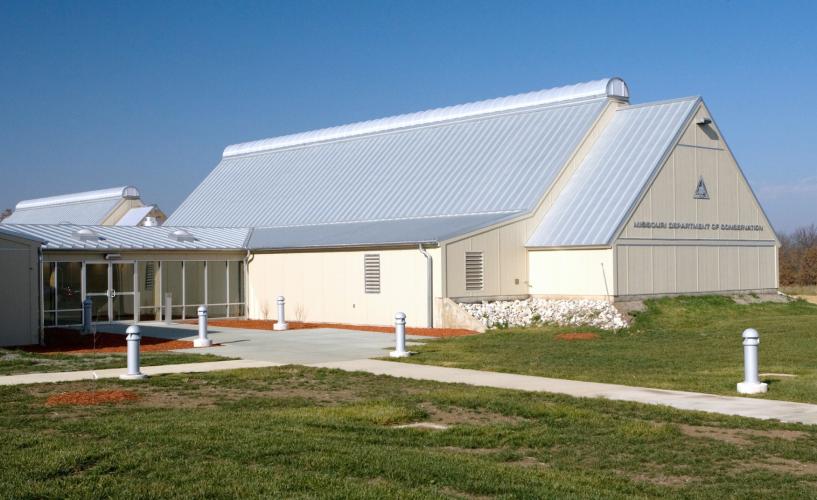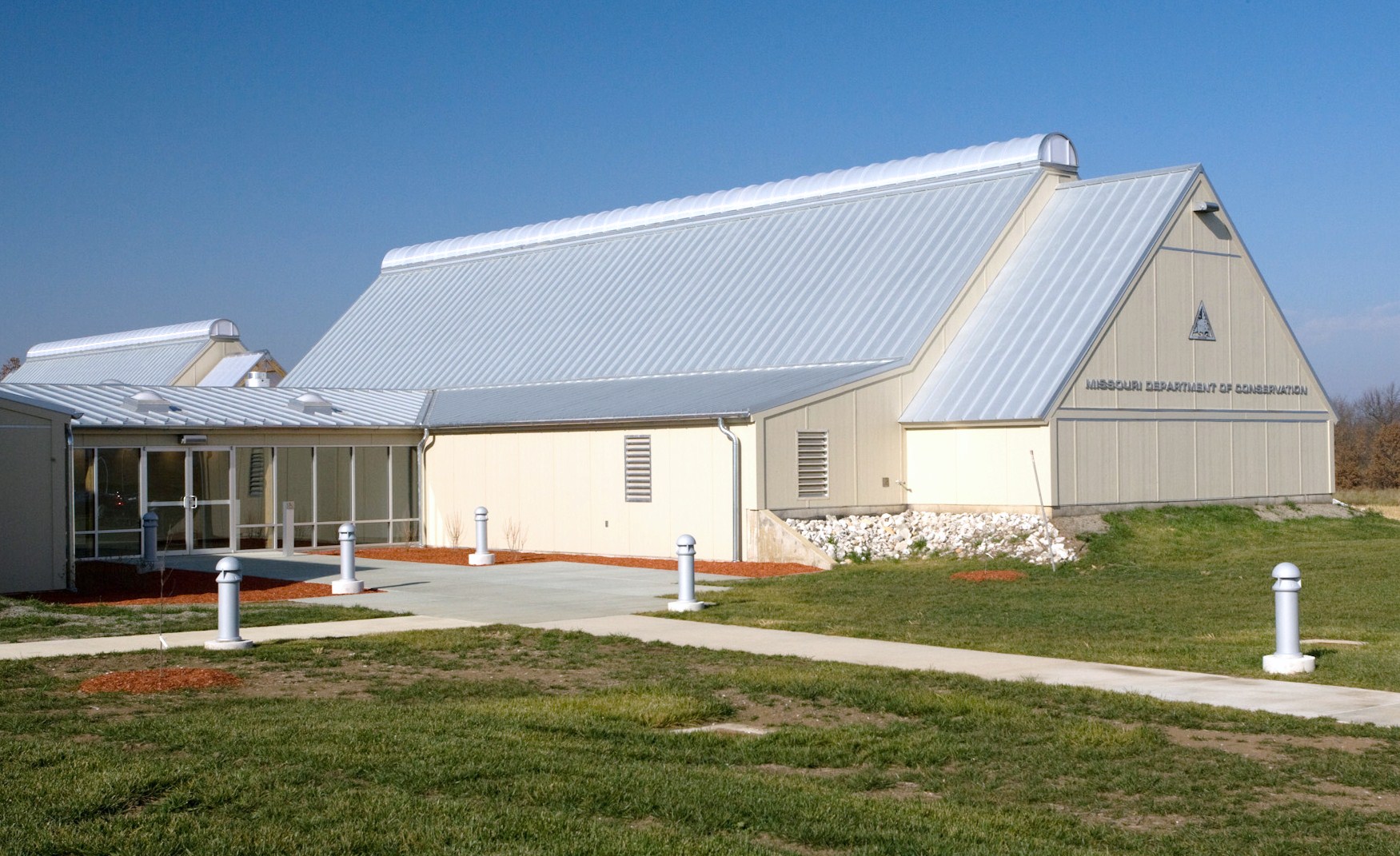
Xplor reconnects kids to nature and helps them find adventure in their own backyard. Free to residents of Missouri.


































Stay in Touch with MDC news, newsletters, events, and manage your subscription

Xplor reconnects kids to nature and helps them find adventure in their own backyard. Free to residents of Missouri.

A monthly publication about conservation in Missouri. Started in 1938, the printed magazine is free to residents of Missouri.


KIRKSVILLE MO -- The Missouri Department of Conservation’s (MDC) Northeast Regional Office recently earned U.S. Environmental Protection Agency’s (EPA) prestigious ENERGY STAR award.
The facility at 3500 S. Baltimore in Kirksville received the ENERGY STAR award for incorporating energy-efficient technologies into its construction and maintenance. These include geothermal heating, maximizing the use of natural daylight, efficient use of artificial lighting through dimmers and motion sensors, energy-efficient heating-ventilation-and-cooling (HVAC) systems, a highly efficient structural insulated panel system (SIPS) for the building and processes that assure all equipment is operating as efficiently as possible.
ENERGY-STAR certification is the national symbol for protecting the environment through superior energy efficiency. To qualify, buildings must perform in the top 25 percent of similar facilities nationwide for energy efficiency. The MDC facility joins only 27 other office buildings and a total of 93 facilities in Missouri to receive ENERGY-STAR designation.
The Kirksville facility received a rating of 79 on the ENERGY-STAR performance scale. This measurement helps organizations assess how efficiently their buildings use energy relative to similar buildings nationwide. A building that scores a 75 or higher on EPA’s 1-100 scale is eligible for the ENERGY-STAR certification.
“The Conservation Department is pleased to accept the EPA’s ENERGY STAR award in recognition of our energy-efficiency efforts,” said MDC Director Bob Ziehmer. "This achievement highlights our continued commitment to conservation stewardship and wise use of funds through lowering energy costs.”
MDC Design and Development Division Chief Jacob Careaga added that the state agency is broadening its efforts to improve energy efficiency at other MDC offices and nature centers throughout Missouri by 20% over the next five years.
These energy-reduction efforts include simple actions, such as reminding employees to turn off lights, computers and other equipment when not in use. Other efforts include improved energy efficiency of HVAC systems and installing more energy-efficient lighting. Larger scale efforts include maximizing energy efficiency for new MDC facilities and for renovations of existing facilities.
“We use energy-conservation measures as much as possible in new construction and in renovations,” said Careaga. “These measures range from making sure that existing systems are operating as efficiently as possible to drilling wells for geothermal heating, utilizing natural daylight as much as possible, installing motions-sensor lighting and selecting more energy- efficient equipment for replacement.”
Improving the energy efficiency of buildings is critical to protecting the environment explained Jean Lupinacci, chief of the ENERGY STAR Commercial & Industrial Branch. “From the boiler room to the board room, organizations are leading the way by making their buildings more efficient and earning EPA’s ENERGY STAR.”
Commercial buildings that earn the ENERGY STAR award use an average of 35 percent less energy than typical buildings.
Commercial buildings that can earn the ENERGY STAR include offices, bank branches, financial centers, retail stores, courthouses, hospitals, hotels, schools, medical offices, supermarkets, dormitories, houses of worship and warehouses.
The EPA introduced ENERGY STAR in 1992 as a voluntary, market-based partnership to reduce greenhouse gas emissions through energy efficiency. Today, the ENERGY STAR label can be found on more than 60 different kinds of products, new homes and commercial and industrial buildings. Products and buildings that have earned the ENERGY STAR prevent greenhouse gas emissions by meeting strict energy-efficiency specifications set by the government. Last year alone, Americans, with the help of ENERGY STAR, saved nearly $17 billion on their energy bills while reducing the greenhouse gas emissions equivalent to those of 30 million vehicles.
For more information about ENERGY STAR, visit www.energystar.gov/buildings.